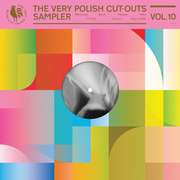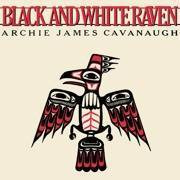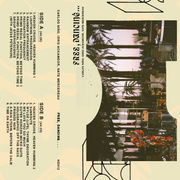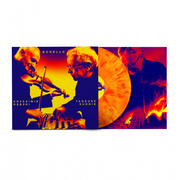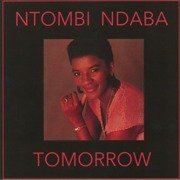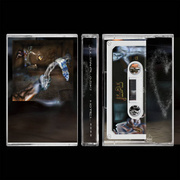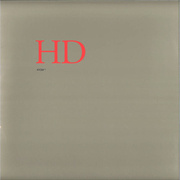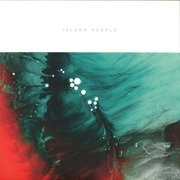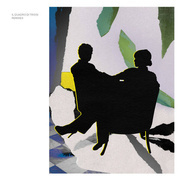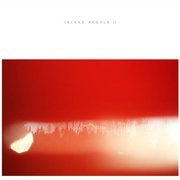- PLAY ALL / Il Quadro Di Troisi - 01 Il Profeta.mp3 (La Commedia) / Il Quadro Di Troisi - 02 La Terra.mp3 (La Commedia) / Il Quadro Di Troisi - 03 La Notte.mp3 (La Commedia) / Il Quadro Di Troisi - 04 L'Alieno.mp3 (La Commedia) / Il Quadro Di Troisi - 05 I Buchi Neri.mp3 (La Commedia) / Il Quadro Di Troisi - 06 La Prima Volta.mp3 (La Commedia) / Il Quadro Di Troisi - 07 L'Abitudine.mp3 (La Commedia) / Il Quadro Di Troisi - 08 La Verita.mp3 (La Commedia) / Il Quadro Di Troisi - 09 Lo Smeraldo Sotto Zero.mp3 (La Commedia) / Il Quadro Di Troisi - 10 Il Mare.mp3 (La Commedia)
- 01 Il Profeta.mp3 / Il Quadro Di Troisi - 01 Il Profeta.mp3 (La Commedia)
- 02 La Terra.mp3 / Il Quadro Di Troisi - 02 La Terra.mp3 (La Commedia)
- 03 La Notte.mp3 / Il Quadro Di Troisi - 03 La Notte.mp3 (La Commedia)
- 04 L'Alieno.mp3 / Il Quadro Di Troisi - 04 L'Alieno.mp3 (La Commedia)
- 05 I Buchi Neri.mp3 / Il Quadro Di Troisi - 05 I Buchi Neri.mp3 (La Commedia)
- 06 La Prima Volta.mp3 / Il Quadro Di Troisi - 06 La Prima Volta.mp3 (La Commedia)
- 07 L'Abitudine.mp3 / Il Quadro Di Troisi - 07 L'Abitudine.mp3 (La Commedia)
- 08 La Verita.mp3 / Il Quadro Di Troisi - 08 La Verita.mp3 (La Commedia)
- 09 Lo Smeraldo Sotto Zero.mp3 / Il Quadro Di Troisi - 09 Lo Smeraldo Sotto Zero.mp3 (La Commedia)
- 10 Il Mare.mp3 / Il Quadro Di Troisi - 10 Il Mare.mp3 (La Commedia)
Il Quadro di Troisi presents La Commedia Everything changes, all things evolve: four years after their eponymous debut, Il Quadro di Troisi return with a new album and a new line-up.
The perfect circle traced by Eva Geist (aka Andrea Noce) and Donato Dozzy (aka Donato Scaramuzzi) becomes a triangle with the permanent addition of Pietro Micioni, who collaborated in the previous recordings and had been part of ll Quadro’s live set.
Nothing stays the same, and the world is a lot different from what it was in 2020. The global crisis generated by the constant escalation of conflict and by the pandemic was mirrored by a time of individual crisis and personal, often irreversible transformation that underscored the entire period of the album’s composition.
The influence of these turbulent times is felt in the writing: La Commedia is about turning a crisis into an opportunity and using change as a catalyst for rebirth. Much like the characters in classic Italian comedies, who are masters in using irony to face life’s hardships, Il Quadro di Troisi explores the vast and unpredictable terrain between the lighter and darker sides of the human experience, matching the magical with the mundane.
La Commedia is about the many facets of life: each song is named after an archetype (e.g. the truth, the night, the Earth, the prophet), as though our existence were a tarot deck and its reading an exercise in collective consciousness.
La Commedia marks the band’s embrace of a more traditional song form, shaped by a very personal and distinctive musical style. The distinguishing elements of Il Quadro di Troisi’s music – classic Italian songwriting with an electronic spin – meld into a unique mix that is both seductive and eerie, elegant and earthy, contemporary and timeless. La Commedia celebrates the band’s cultural roots while constantly moving into new territory, balancing nostalgia with a forward-thinking approach.
La Commedia is a rare gem that confirms Il Quadro di Troisi’s relevance in the international music scene, as demonstrated by the number of top-level artists featured on the album: from Suzanne Ciani, a legend and a pioneer of independent music with a career spanning five decades, to Aimee Portioli, aka Grand River, a Dutch-Italian musician, composer and sound designer based in Berlin, along with Francesca Colombo’s eclectic violin (the de facto “fourth angle” of Il Quadro di Troisi’s frame), Fiona Brice’s strings, cultural agitator and icon of the Roman underground scene Stefano Di Trapani (aka Demented Burrocacao and a member of Trapcoustic and System Hardware Abnormal, among other projects), Maestro Daniele Di Gregorio, an excellent musician and a longtime collaboration of songwriting legend Paolo Conte, and Tommaso Cappellato, whose professional description goes well beyond “drummer” and who has been working with artists like Rabih Beaini and Maurice Louca.
The cover of the album, as well as those of the singles, was designed by Francesco Messina, another icon of Italian music. Messina is a longtime Franco Battiato collaborator and co-author, a cult musician (his Prati Bagnati del Monte Analogo, made in collaboration with Roul Lovisoni, is considered a seminal record by the alternative Italian music scene), as well as a photographer, visual artist and the author of legendary record covers.






